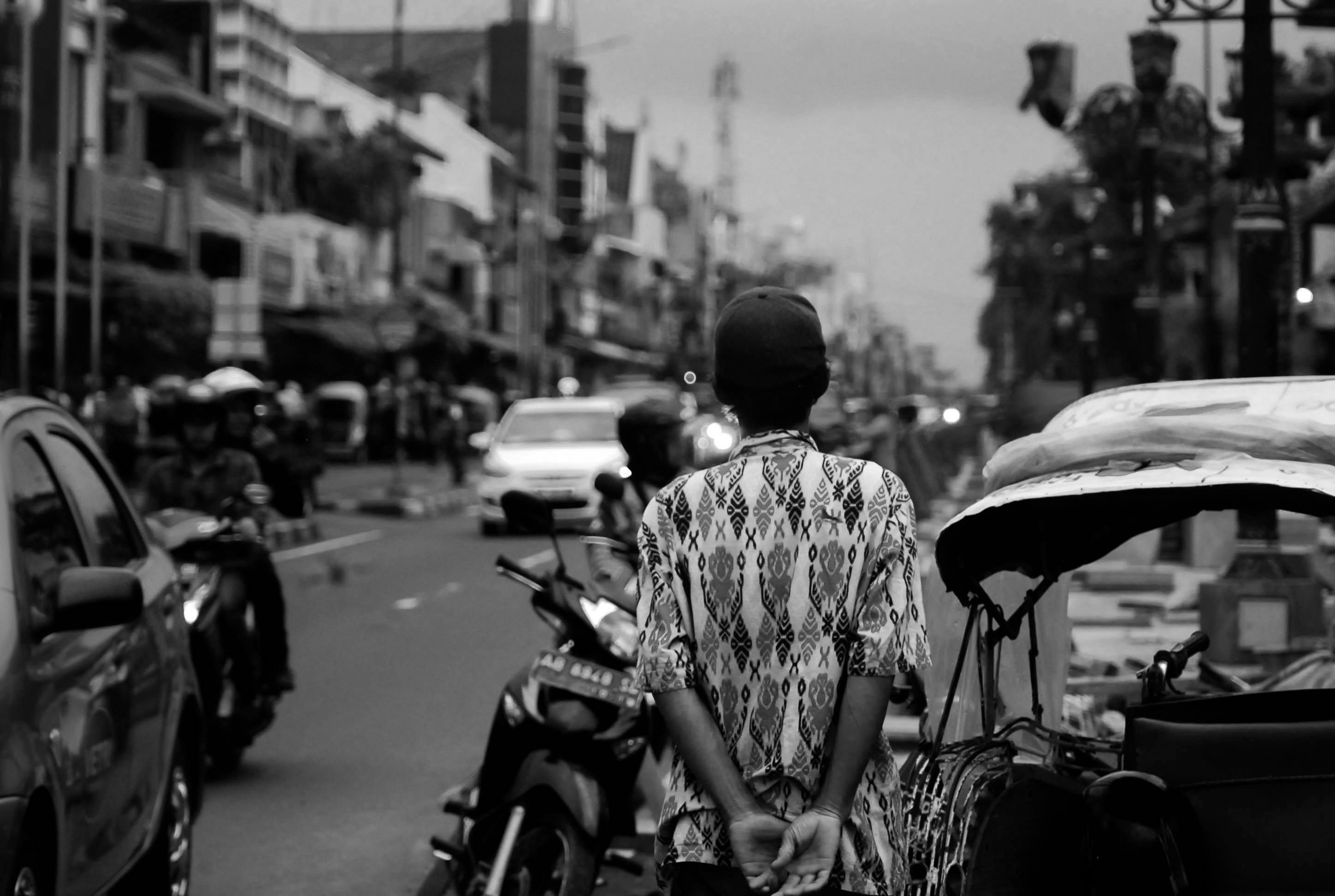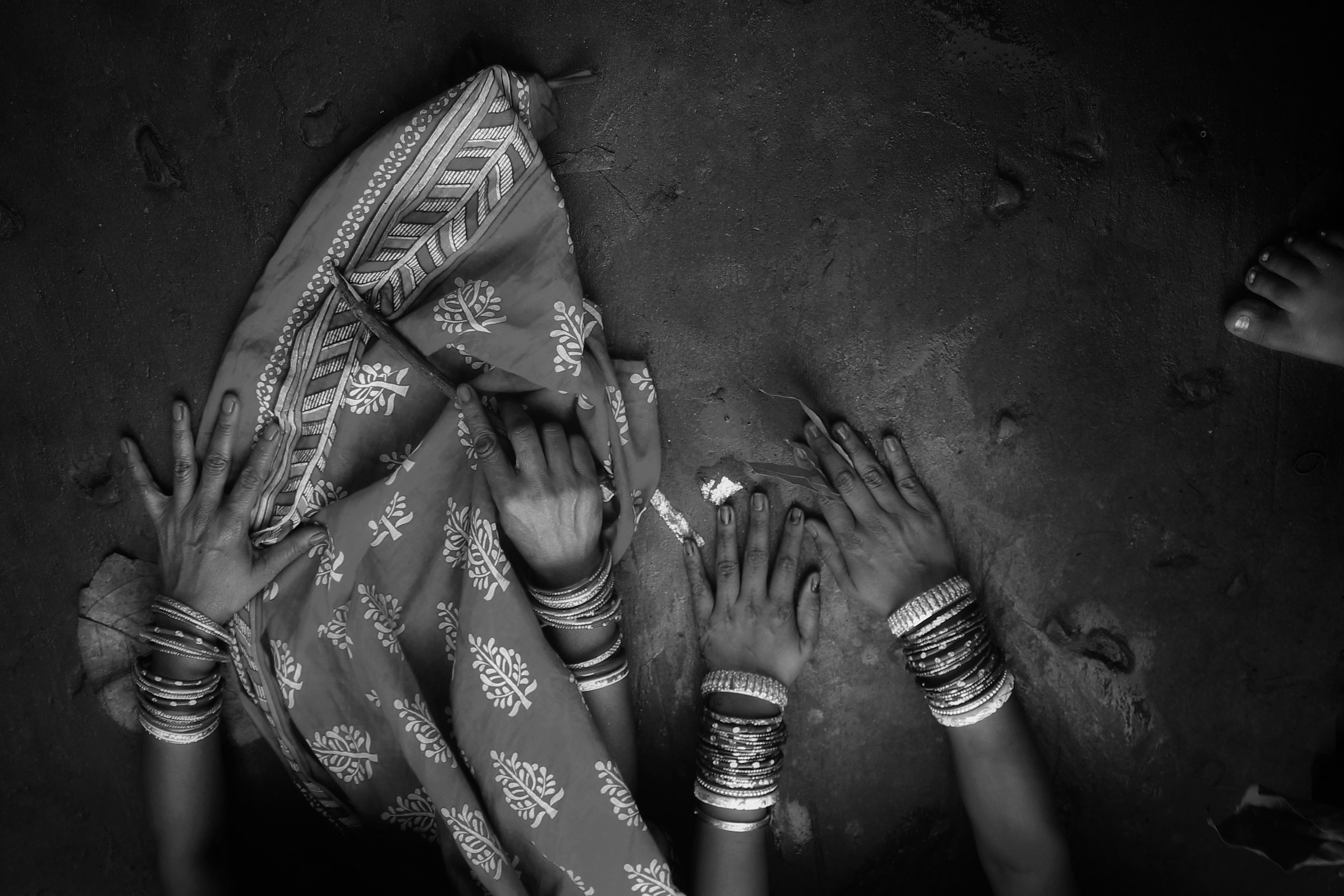Trafficking Across Asia
Southeast Asia
Driven by labor exploitation and sexual exploitation within regional migration corridors, with growing concerns over cyber-scam compounds and child online sexual abuse.
Learn MoreSouth Asia
High rates of internal and cross-border trafficking, primarily in the form of bonded labor, child exploitation, and trafficking for marriage, rooted in poverty, caste, and debt.
Learn MoreEast Asia
East Asia faces trafficking challenges including state-imposed forced labor, cross-border bride trafficking, and labor abuse of migrants, especially in North Korea, and destination economies like Japan and South Korea.
Learn More

